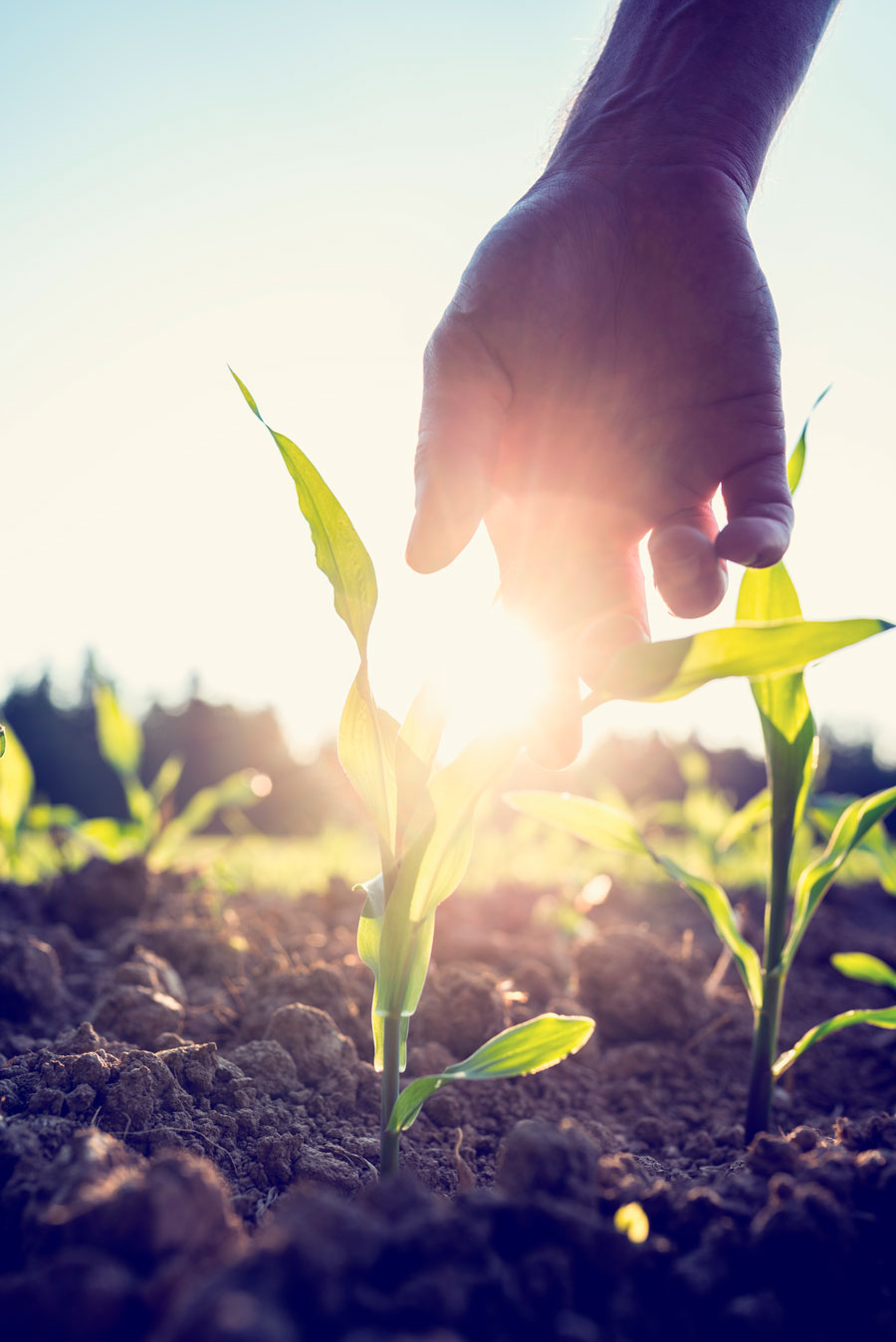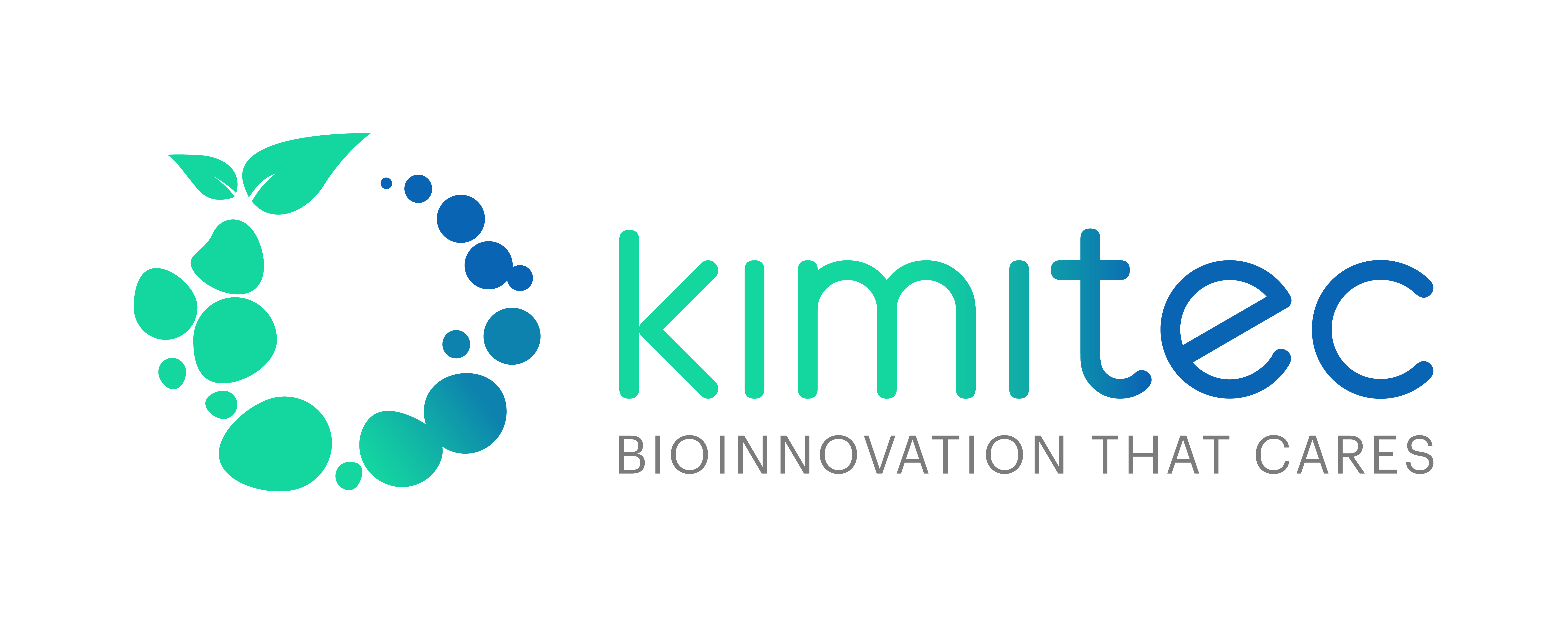Organic, Biological, Ecological and Traditional Agriculture

There is a lot of misinformation about organic farming around the world. Often caused by economic interests of distribution, production and other powers surrounding agricultural production under this philosophy, this misinformation usually affects the consumer. This article aims to show the pros and cons of organic farming against traditional agriculture and to shed some light on this type of production.
To begin with, it is important for the reader to know about the existing (if any) differences between Organic, Biological and Ecological Agriculture. Although many times there can be confusion due to the connotations “lost in translation”, it can be said that the terms “Organic farming”, “L’agriculture biologique” or “Eco farming” all mean the same.
As I mentioned, in practice these terms are analogous, yet the terms may show semantical differences:
Organic farming. All agriculture is organic since it involves organic elements. We cannot forget that both animals and plants are based on a very high percentage of Carbon, Hydrogen and Oxygen, which are the basis of organic chemistry. Therefore, any type of agricultural activity could be included under this name.
Organic agriculture, again we could understand any type of agriculture as biological since it involves living beings (crops, pollinators, pests, microflora and microfrauna, etc.)
With respect to organic farming, if we approach it from the ecological point of view, where a particular ecosystem is studied, it can be said that any type of agriculture, even that carried out by African tribes, has a high impact on the system or biotope (tillage, irrigation) and especially since the existing species (or biocenosis) is completely replaced by a single species and variety.
We can call it in any of the three ways, but ultimately and as a global definition we can say that this type of agriculture is the production of agricultural food, under systems that are responsible or have a low impact on the environment and that the inputs used to fertilize and to combat pests and diseases are organic elements with little or zero negative impact on the environment.
At first glance the previous paragraph could be desired by any consumer who wants their apples to be free of insecticides or fungicides but, nowadays, this is an illusion, since organic agriculture alone cannot feed the entire world population (7000 million today, and rising!).
It is important for people to understand that, at present, these two models of agriculture are needed since the competition that exists between them, causes traditional agriculture to try to reduce its impact, its use of pesticides, its excessive use of fertilizers and its complete relocation and that, on the other hand, organic agriculture surpasses its yield every day in order to match production numbers.
This said, I am not suggesting that the consumer should settle for products from traditional agriculture and accept the current standards, we must be critical and know what we are eating. On the other hand, those who decide to buy products of organic origin should make sure that what they are eating is in fact organic, because bad practices do exist and laws are distorted on purpose and do not stand for what organic agriculture defends.
We hope that the changes promised at the beginning of 2017 will give more power, above all credibility and confidence, to the producer and especially to the consumer.
